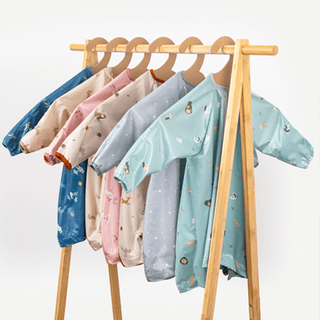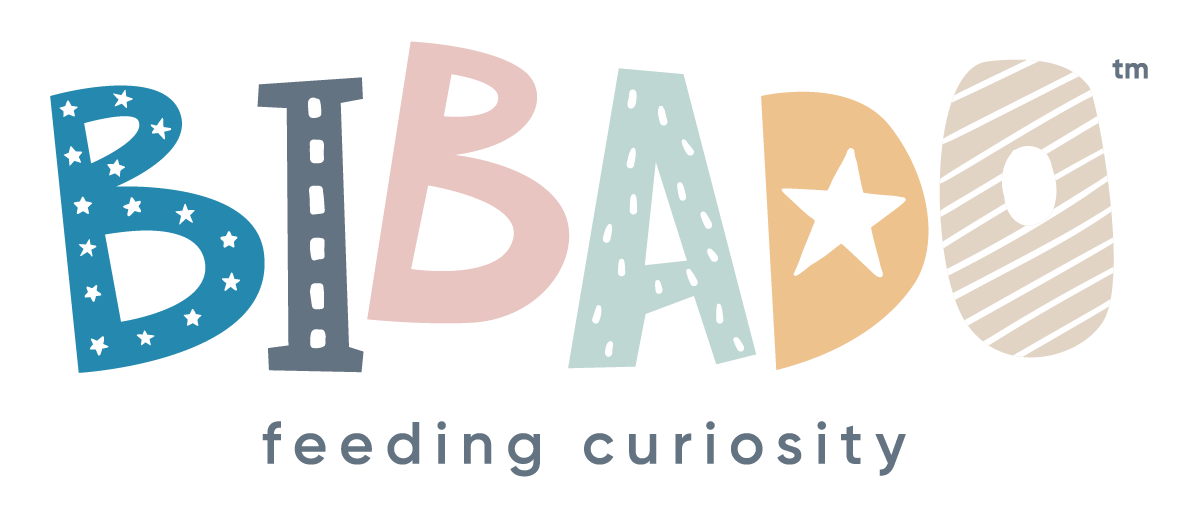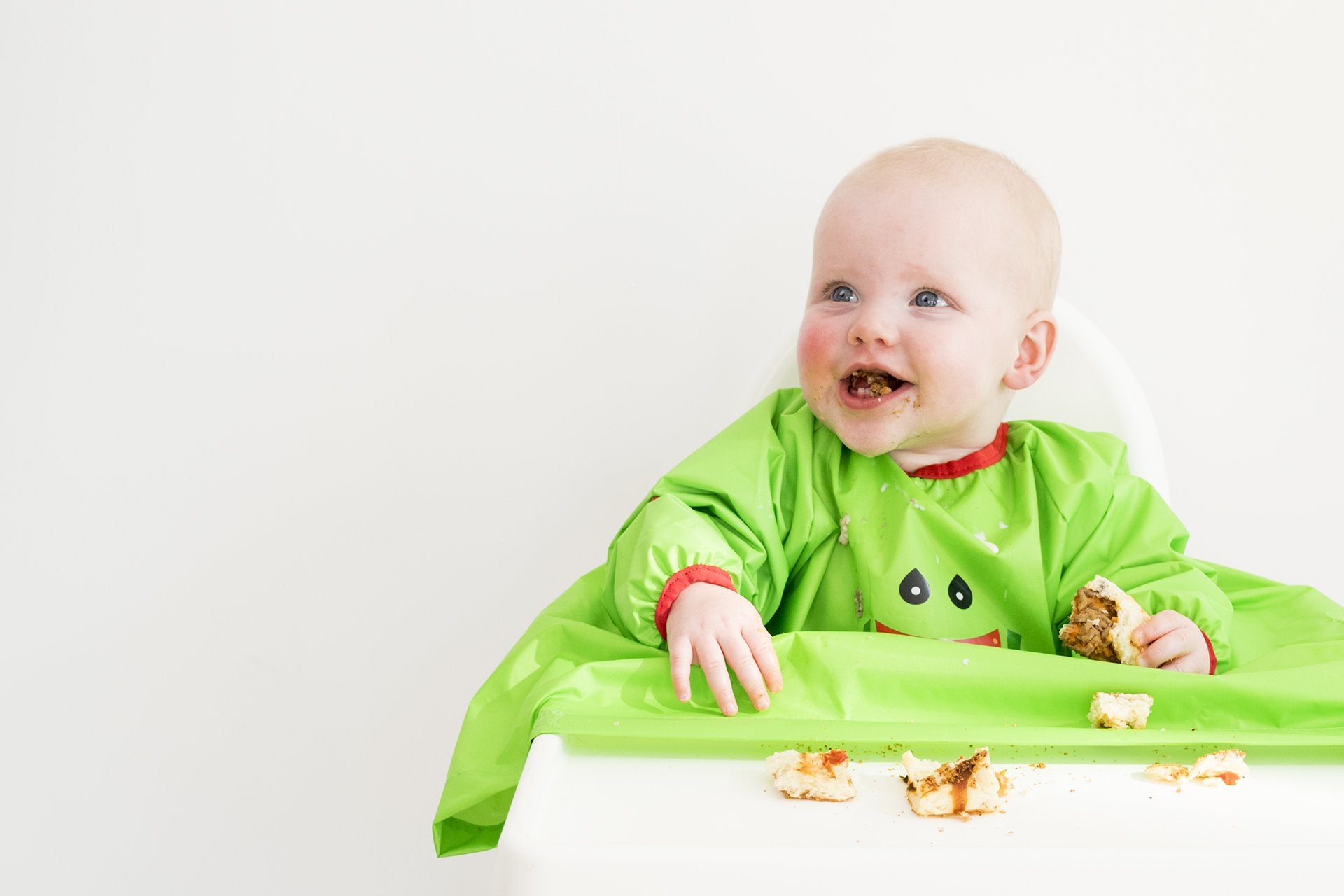Mealtime adventures are better with Bibado! Let our award-winning products make a difference to your weaning journey.
 Shop Now
Shop Now


Article: What Is Baby Led Weaning? by Gill Rapley and Tracey Murkett
By Gill Rapley & Tracey Murkett
What is Baby-led Weaning?

What is Baby-led Weaning?
Baby-led weaning (BLW) is an approach to introducing solid foods that is becoming increasingly popular because it’s natural and easy, and babies (and their families) enjoy it so much. BLW is based on how babies develop and learn in their first year, so it makes sense. Plus, research is beginning to show it may have important long-term benefits.
With BLW there are no spoons or purees – instead the baby sits at the table with his family and shares healthy food. As soon as he is ready he feeds himself, first with his hands and later with cutlery. He decides what to eat, how much and how fast. Most important, he decides when he’s had enough.
How does it work?
At around six months babies begin to need tiny amounts of nutrients to complement their milk feeds. At this age they’re also beginning to sit upright, reach out and pick things up, and chew. This means that, as they begin to need a little more than just milk feeds, they instinctively want to use their new skills to feed themselves, so there’s simply no need to spoon feed.
Babies learn through their senses – by sight, touch, smell and hearing, as well as by taste. BLW allows babies to explore and experiment with food using all their senses.
A baby’s innate instinct for survival means that she feels safest when she can examine something new before putting it in her mouth, and when she sees her parents eating the same food as they offer her.
Baby-led weaning uses a baby’s naturally developing skills. Allowing her to control what goes into her mouth means she can learn to chew and increase her intake at her own pace.
BLW helps babies to tune in to their bodies to tell them when and what they need to eat – and to recognise when they have had enough. (When they simply stop eating!)
How to do BLW
Include your baby in your mealtimes and make sure he is sitting upright, on your lap or in a highchair, and let him decide when he wants to handle food.
Choose foods that your baby can share, without added salt and sugar, and avoiding processed foods where possible.
Offer food in sizes and shapes that will be easy for your baby to grasp – big pieces at first, then gradually smaller. The focus is on variety and on providing opportunities for discovery and learning, not on the quantity eaten.
Feeds of breastmilk or formula carry on much as before, remaining his main source of nourishment until he’s at least one year. Your baby will lead the way in cutting them down gradually – and eventually stopping them altogether.
What are the benefits?
Mealtimes are more enjoyable for everyone when there’s no pressure to ‘eat your greens’ or ‘make a clean plate’, and there’s far less chance of mealtime battles.
Research has shown that BLW babies have less risk of becoming overweight as toddlers and are likely to make healthier food choices.
It’s quicker and easier to share your meals with your baby than to make purees and spoon feed her separately.
Letting your baby lead the way means you can be confident that she’s starting at the right time for her and going at the right pace.
BLW is all about trusting your baby, respecting her needs and recognising her changing abilities. It makes family mealtimes the pleasure they should be – for everyone.
Find out more about baby-led weaning at www.rapleyweaning.com.Gill Rapley and Tracey MurkettGill and Tracey are the authors of Baby-led Weaning: Helping your baby to love good food, The Baby-led Weaning Cookbook, Baby-led Breastfeeding and Baby-led Parenting, all published by Vermilion.
Follow us for more delicious, nutritious bite-size Bibado goodness